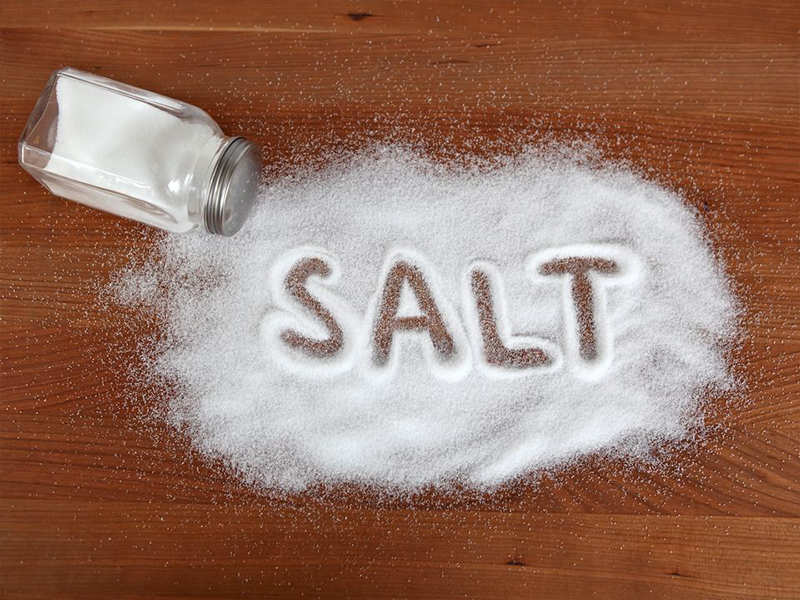🔍 Why Would a Plumber Put Salt in the Toilet?
Salt (especially coarse salt or rock salt) has several useful properties that make it valuable in plumbing and toilet maintenance:
✅ 1. Removes Mineral Deposits and Limescale
How it works:
Salt is slightly abrasive and can help break down calcium and lime buildup that forms on the inside of the toilet bowl and pipes — especially in areas with hard water.
Effect:
- Reduces limescale rings in the bowl
- Helps maintain the smooth flow of water
- Prevents clogging due to hardened mineral deposits
✅ 2. Deodorizes and Neutralizes Odors
Salt has natural deodorizing properties, especially when combined with other agents (like baking soda or vinegar). It helps absorb moisture and odor-causing bacteria.
Effect:
- Leaves the toilet smelling fresher
- Helps disinfect the bowl surface slightly
✅ 3. Breaks Down Grease in Pipes
If the salt is flushed down the toilet and travels into the pipes, it can help scrub away grease that might have accumulated (especially if someone mistakenly pours greasy water into the toilet).
✅ 4. Deters Pests and Mold
Some plumbers believe that salt discourages mold, mildew, or even pests like drain flies that can thrive in toilet bowls or around the plumbing system.
🧪 How to Use Salt in the Toilet (Proper Method)
Here’s a safe and plumber-approved way to do it at home:
🧂 Ingredients:
- 1 cup of coarse rock salt or sea salt
- Optional: 1/2 cup baking soda
- Optional: 1 cup white vinegar
- Warm water (but not boiling)
Method 1: For Basic Cleaning
- Pour 1 cup of coarse salt directly into the toilet bowl at night (before bed).
- Let it sit overnight (at least 6–8 hours).
- In the morning, flush the toilet normally.
- You can repeat this once a week to maintain a clean toilet.
🧪 Method 2: For Deeper Cleaning
- Mix:
- 1 cup of salt
- 1/2 cup of baking soda
- Pour into the toilet.
- Add 1 cup of white vinegar (optional for extra power).
- Let it fizz and sit for at least 4–6 hours.
- Scrub the bowl lightly with a toilet brush.
- Flush.
📏 Dosage and Frequency
- Amount: 1 cup per use is enough.
- Frequency: Once a week or every two weeks is ideal.
- Do NOT overuse daily — salt is not harmful in small doses but too much too often may affect the septic balance (if you use a septic system).
⚠️ Important Tips:
- Always use coarse salt (fine salt dissolves too fast to scrub).
- Don’t mix with commercial drain cleaners — could cause unwanted chemical reactions.
- This is a maintenance and cleaning method, not for solving major clogs or plumbing problems.
🧑🔧 Why Do Plumbers Keep This a “Secret”?
Because it’s:
- Simple and doesn’t require expensive tools or chemicals.
- A low-cost DIY trick that prevents future business for minor issues.
- Something they’ve learned through experience rather than manuals.
